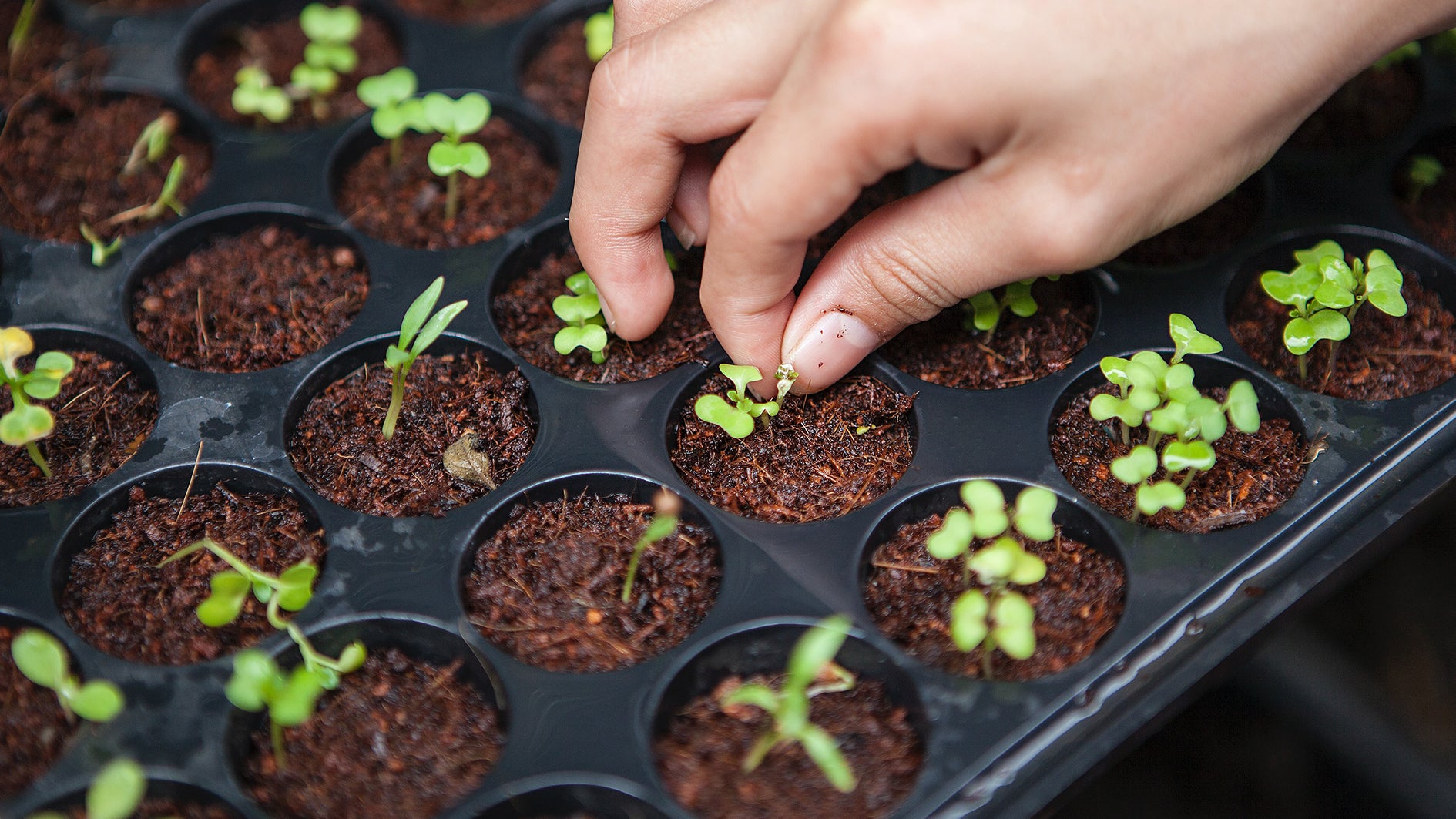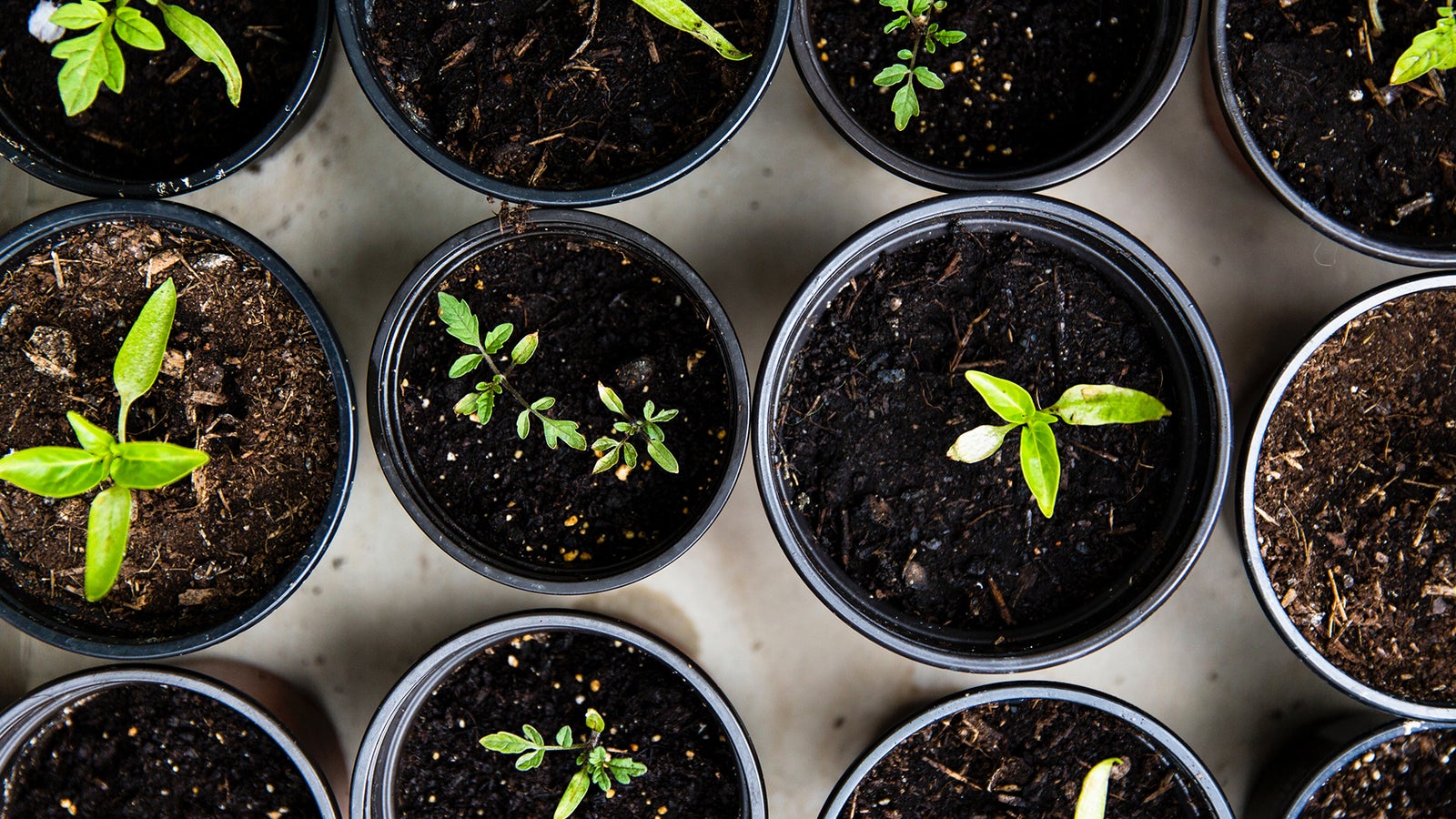
A Quick Guide to Growing From Seed
07 Aug, 2022
Prepare
Start planning what you are going to sow at least one season in advance, thinking about what you would like to be growing in both your veggie and flower gardens. There is a much wider selection available in seeds, including heirloom and unusual varieties that may not be readily available as seedling plants.
Position
Keep your seed tray in a warm, well lit position, away from cold night temperature drops. If growing outside, ensure the location is sheltered and sunny.
Sow
In seed trays
Fill your seed tray with Natures Way Organic Seed Raising Mix, moisten the soil before sowing your seed. Check the seed packets for planting requirements, as some seeds need to be sown into a small trench, and some thinly sprinkled evenly on the surface. Lightly cover over the seed with a thin layer of mix and gently press down to create a good contact between the seed and soil.
In the ground
Prepare the soil by forking in Kings Organic Compost and raking to form a fine seedbed. Plant the seed as instructions recommends, and lightly rake over with remaining soil. Lightly water.
Some seeds are best grown in rows such as beans, peas, making it easier for them to grow up a trellis. Carrots, beetroot or parsnips are also best sown in a line, however plants like corn are best planted in blocks for better wind pollination later in the season.
Care
Watering
Water regularly and don’t allow your soil to dry out! Use a hand sprayer to moisten the mix (if growing in a seed tray) and mist the newly developing seedlings, or carefully use a hose on sprinkle setting in the garden. If using a hose, reduce water pressure and face nozzle upwards so that seedlings are gently watered. Too much heavy watering can move the germinating seeds and seedlings in the soil, disrupting their roots.
In spring and early summer most seeds will need watering at least once a day, preferably in the morning, otherwise the heat of the sun evaporates it before the plants have time to soak up the moisture.
Feeding
Kings Liquid Fast Food fertiliser or Organic Garden Booster can be applied once the seedlings have at least two pairs of ‘true leaves’. Only use fertilisers at half strength on young plants.
Transplanting
When transplanting, avoid any damage to the newly formed root system by lifting the seedling by the leaves, not the stem which is prone to snapping easily.
Gently tease apart the seedlings and plant them individually into prepared holes, slightly deeper than the level they have been grown in, gently pressing the soil around your new plant. Once transplanted, water in carefully and continue feeding with a liquid fertiliser once every two to three weeks.
Germinating
Depending on the time of year, seed germination can take between 7-14 days, however others such as tree seeds can take up to a month to sprout.
General Care
You can slowly increase the amount of time you have the trays outside for, depending on the time of year. This is called ‘hardening off’, were plants are slowly introduced to a different climate as they adjust. These steps will prepare the seedlings for transplanting into your garden beds or pots - just avoid those early spring frosts.
Tip
- Always start with sterilized or new seed trays to stop the spread of disease such as damping off.
- Some large, hard or thick seeds will germinate easier when they are soaked in water. Research the seeds you have bought before planting.
